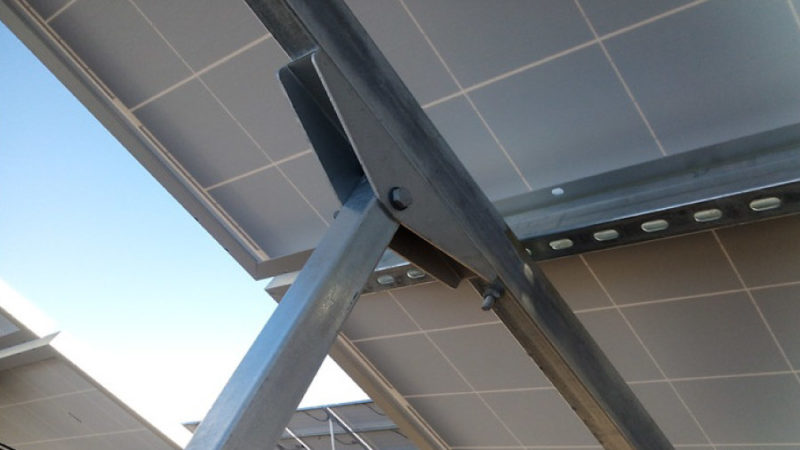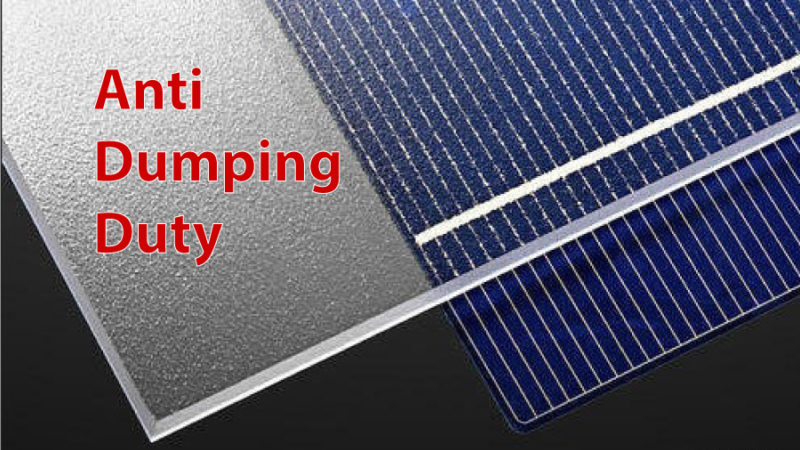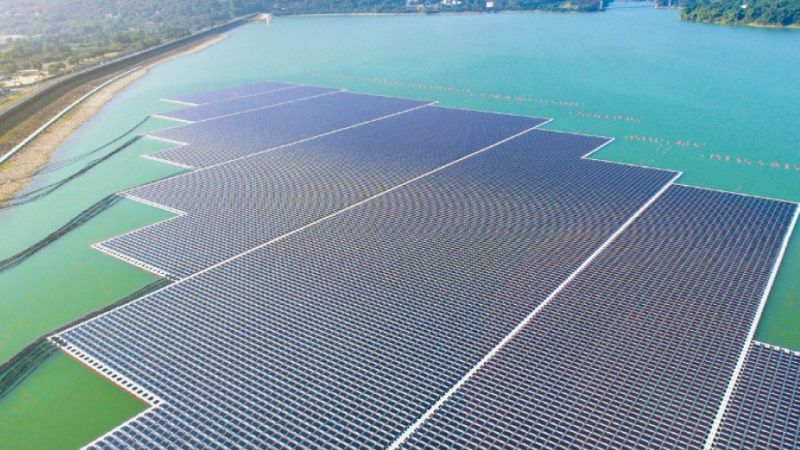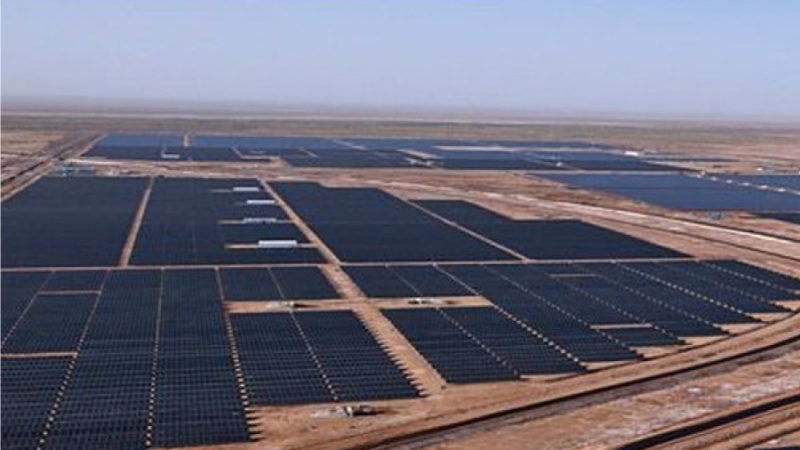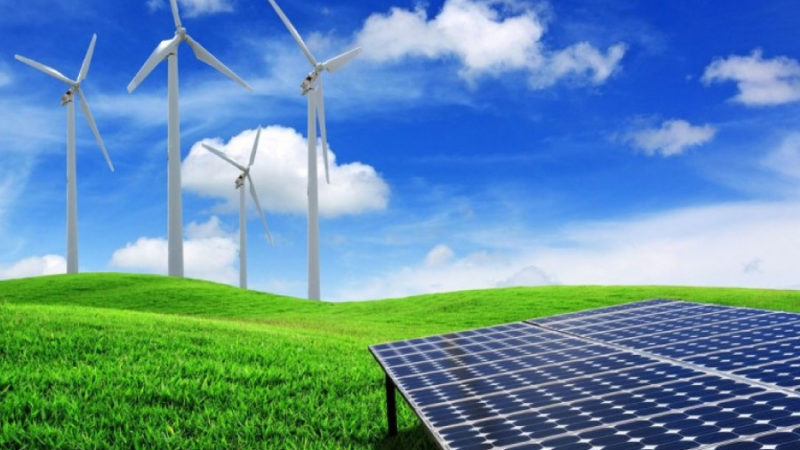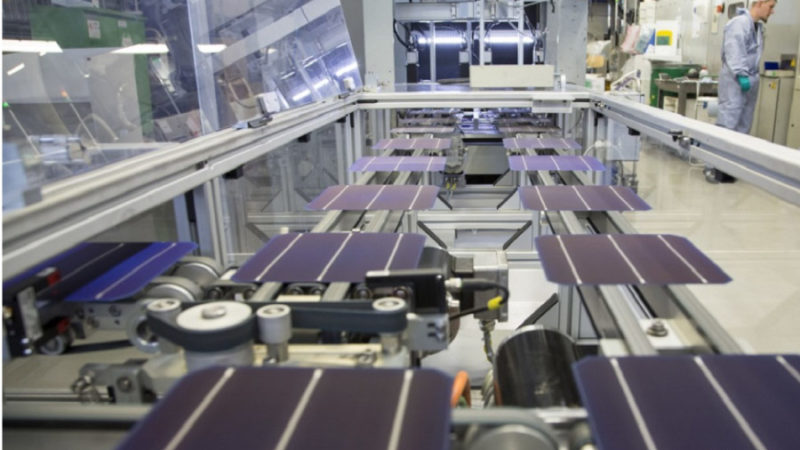Solar Cables – Quality Matters
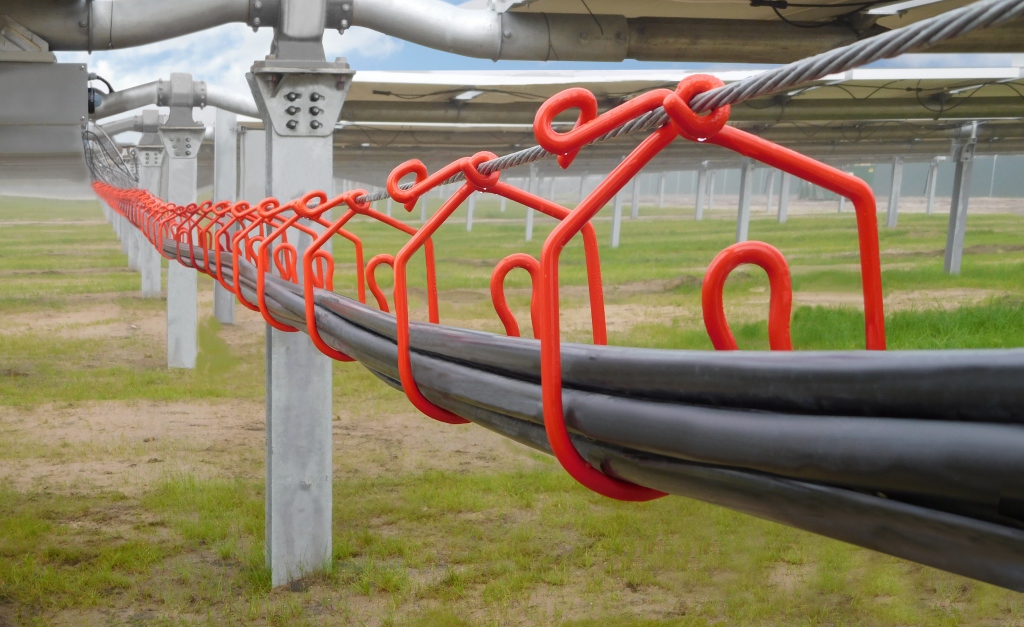
The solar power generation in India has seen an unforeseen rise in the previous few years, creating enormous demand for special kind of wires and cables suitable to solar energy. However, these solar cables have to be sturdy and of high-quality to withstand extreme conditions.
India has seen a surge in solar power generation in recent years backed by number of initiatives to reach the mark of 100 GW by 2022 has helped place the country as the third biggest solar market worldwide. Consequently, it has created a never-seen-before growth in demand of solar power technologies and electrical products for the harvest, storage, and transmission of solar energy.
Not to mention, it helped in creating enormous demand for special kind of wires and cables suitable to solar energy, during the past few years. However, solar photovoltaic (PV) projects require a high quality cabling system that connects all the electrical components together with minimum loss in energy.
SOLAR CABLING
There are various kinds of solar cables which are required to interconnect the solar modules, string arrays, array junction boxes up to the inverter in D.C voltage circuit and A.C. armoured cables from inverter output to the transformer grid within solar network.
The solar power plant uses both the DC and AC cable to generate solar energy for house / industrial / commercial roof top or ground mounted systems.. While solar PV panels and inverters (including junction boxes) are connected through direct current (DC) cabling, on the other hand connection between the inverter and the substation requires an alternate current (AC) cabling.
There are three main types of DC cables and wires which are used in PV installations, namely earth wires, single core wires and twin core wires. Meanwhile, systems with single phase inverters require the use of three-core AC cables and systems with three-phase inverters require the use of five-core AC cables.
Moreover, for a typical solar PV project, various voltage level from low to extra high are used as per requirement. While low-voltage power cables are used from the panel to the combiner box, from the combiner box to the inverter, and from the inverter to the transformer, on the other hand medium-voltage power cables are used for transferring electricity from the transformer to the substation and high voltage and extra high voltage ones from the substation to the grid.
Quality Matters
Cables are an important component of any solar projects. As solar projects have a minimum life of 25 years, the components used for solar projects should be bankable to support this expected life. Moreover, cable installations in any solar projects are subjected to direct sun radiations and withstanding both extreme temperatures and air humidity.
Thus, these solar cables have to be sturdy and should be weather resistance. In addition they also have to withstand mechanical stress from pressure, bending or stretching as experienced during installations as well as chemical stress in the form of acids, alkaline solutions and salt water.
In both the technology domains, viz. solar photovoltaic technologies and solar thermal power plants, the choice of solar cables is critical – as low efficiency, overheating, longevity problems (minimum life should be 25 years), and technical cabling losses have to be eliminated in such cables.
Therefore, lots of developments are done by cable companies towards suitability of solar cables under toughest application such as highest resistance against environment like U.V., ozone and humidity; suitability of cables under extreme temperature (-40°C to 120°C); suitability in toughest weather condition; high resistant to abrasion, impact, tear and pressure.
Material Matters
Copper and aluminium are two most common conductor materials used in solar installations. Though copper is more expensive than aluminium, its current carrying capacity is better than an aluminium wire of the same size. In addition, the solar power cable can be solid or stranded – since current tends to flow on the outside of the wire, stranded wires have slightly better. Thus this type of arrangement is recommended for projects of larger sizes.
As solar wires and cables are subjected to harsh outdoors conditions, it needs strong insulation for protection from heat, moisture, ultraviolet light and chemicals. There are lists of important standards specifying certain quality requirements for the insulation and sheathing materials. Thus, there are a lot of cable specific challenges a compound has to pass for use in photovoltaic applications.
Primarily neoprene for insulation was typically used by solar PV installers. However, as these neoprene-insulated cables were susceptible to cracks and damages in harsh environments. Currently, insulation made from electron-beam, cross-linked polymers is gaining traction and are being considered as the ideal compound for solar industry, as they do not melt or flow even at extreme temperatures.
Right Practices:
However, the 25 years life of Solar PV system can be expected only when the cables used in solar power plant for generating solar energy are of appropriate voltage, size and quality.
Cable-specific insulation and sheathing materials commonly determines the solar cable and wires characteristics. The molecular structure of the cable material may alter when subjected to irradiation. Thus, solar cable and wires insulation and sheath material must satisfy several essential requirements, including weather and UV resistance.
If bad quality cables are used in solar power plant there may be a possibility of breakage of outer insulation cover. This reduces the efficiency of the system and makes it inefficient. On the other hand, choosing an optimum cable size helps avoid overheating and ensures very little energy loss. The size of a solar cable is directly dependent on the generating capacity of the solar module as well as the distance of the solar module from the load. Hence, the larger the capacity of the solar module or greater the distance, the bigger should be the cable size.
The type of components to be connected also influences the cable size. However, to reduce the installation cost and increase their profit margin, many of the installers use very bad quality of cables – while some of them do not even size the cables correctly. The money saved by wrong sizing of cables and using low quality cables is not much, but the effect to doing this to the Solar PV system is adverse.
Way forward:
The quality, safety, and profitability of a solar plant or project depend on the workmanship and the efficiency of its components.
Choosing the right wire for your solar energy system is critical to project functioning properly and remaining undamaged. Therefore, ensuring best quality standards is a must for the system, which has a life of over 25 years.
However, manufacturers are faced with challenge of balancing costs with long-term reliability along with looking into constant innovations in product line to match with the evolving installation practices. In addition, it has been observed the codes and standards for solar cables fail to keep pace with new technologies and applications.
Since, cables are lifeline for solar electric network, proper selection of wires and cables are crucial in the long term with low-quality cables resulting in higher maintenance costs.
Thus, a significant investment in R&D activities is needed to ensure the long-term performance and reliability.



